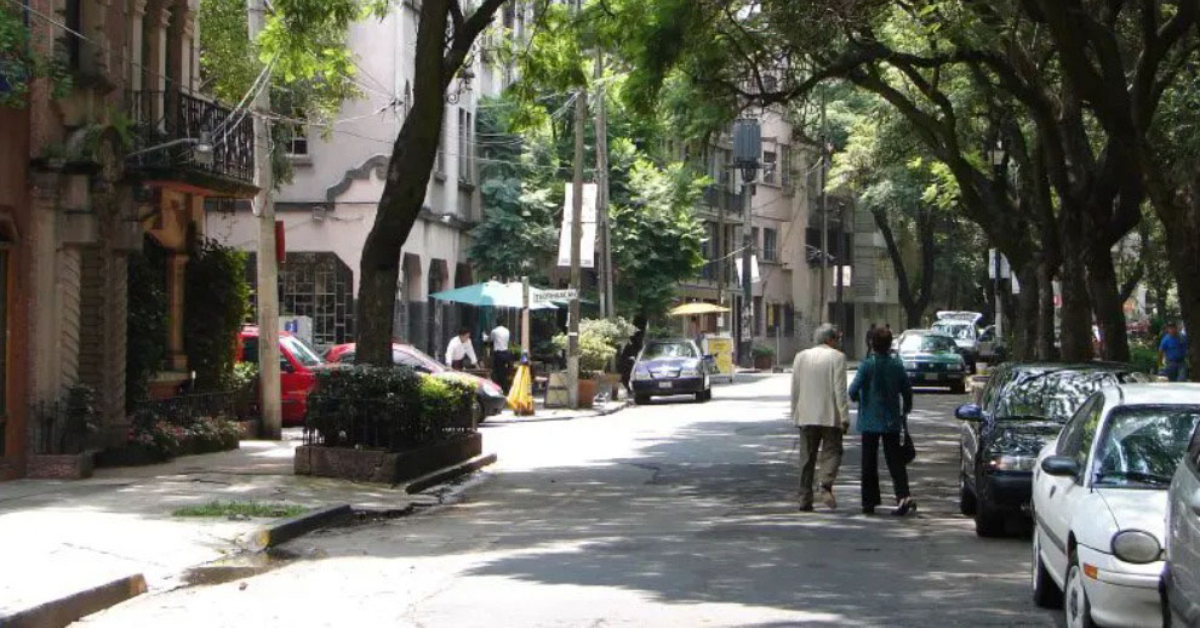Thousands of Americans are migrating to Mexico at rates not seen since records were kept in 2010, to the extent that temporary residence permits in the country increased by 85 percent compared to the year before the pandemic.
Mexico has granted 8,412 permits to Americans through September, compared to 4,550 in the first three quarters of 2019, according to a report by the National Migration Institute ( INM ).
However, that number may only be a fraction of the influx of American expats, as Mexico has said for years that the true number of Americans . . .







